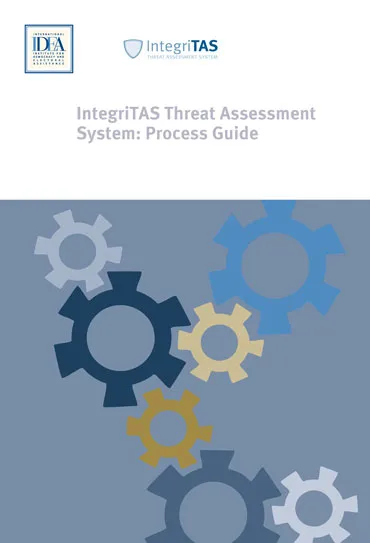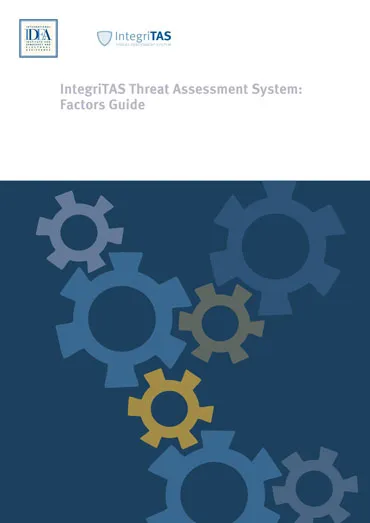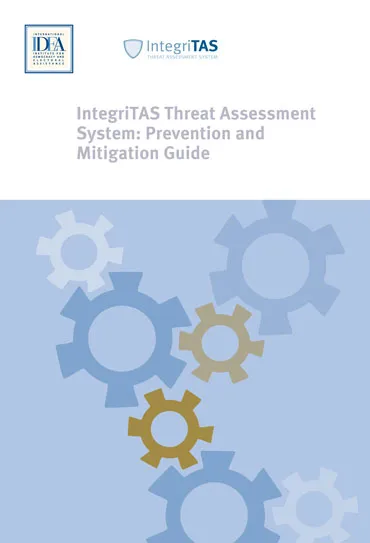IntegriTAS Threat Assessment System
IntegriTAS is a digital system that helps you assess the threat of political corruption linked to organized crime.

IntegriTAS is a digital system that helps you assess the threat of political corruption linked to organized crime. Drawing on data regarding democratic vulnerabilities and the presence of organized crime in a country or territory, the system increases your capacity to systematize information, monitor threats and formulate evidence-based prevention and mitigation measures.
Typical users include security sector agencies, electoral management bodies, ombudspersons and non-governmental organizations involved in anti-corruption and the fight against organized crime.
You can use IntegriTAS to tailor your own assessment process, which includes extensive consultations with national and international actors involved in anti-corruption efforts and the fight against organized crime in a country. The system offers three guides and a software platform. The IntegriTAS guides assist you in preparing and conducting the assessment process, selecting factors and indicators, and designing prevention and mitigation strategies. The IntegriTAS software platform is composed of three modules:
- A virtual library with information on the factors contributing to the threat of political corruption linked to organized crime, and indicators that help measure the threat.
- Analytical tools that help you map and geo-reference threats in any country, and generate trend charts and early warnings alerts.
- A framework for prevention and mitigation strategies that provides best practices and lessons learned on global comparative experiences for combating these threats
To obtain a copy of the IntegriTAS software, you need to register prior interest with International IDEA. A genuine and non-for-profit organization will be granted a download key upon the submission of request.
Download the IntegriTAS software
Submit feedback
Submit questions or comments about the Data or Tool
How did you find out about this? What do you like about it? What did you expect but did not find in using the Data or Tool?
To see how we handle your personal data, please read our Privacy Policy.



